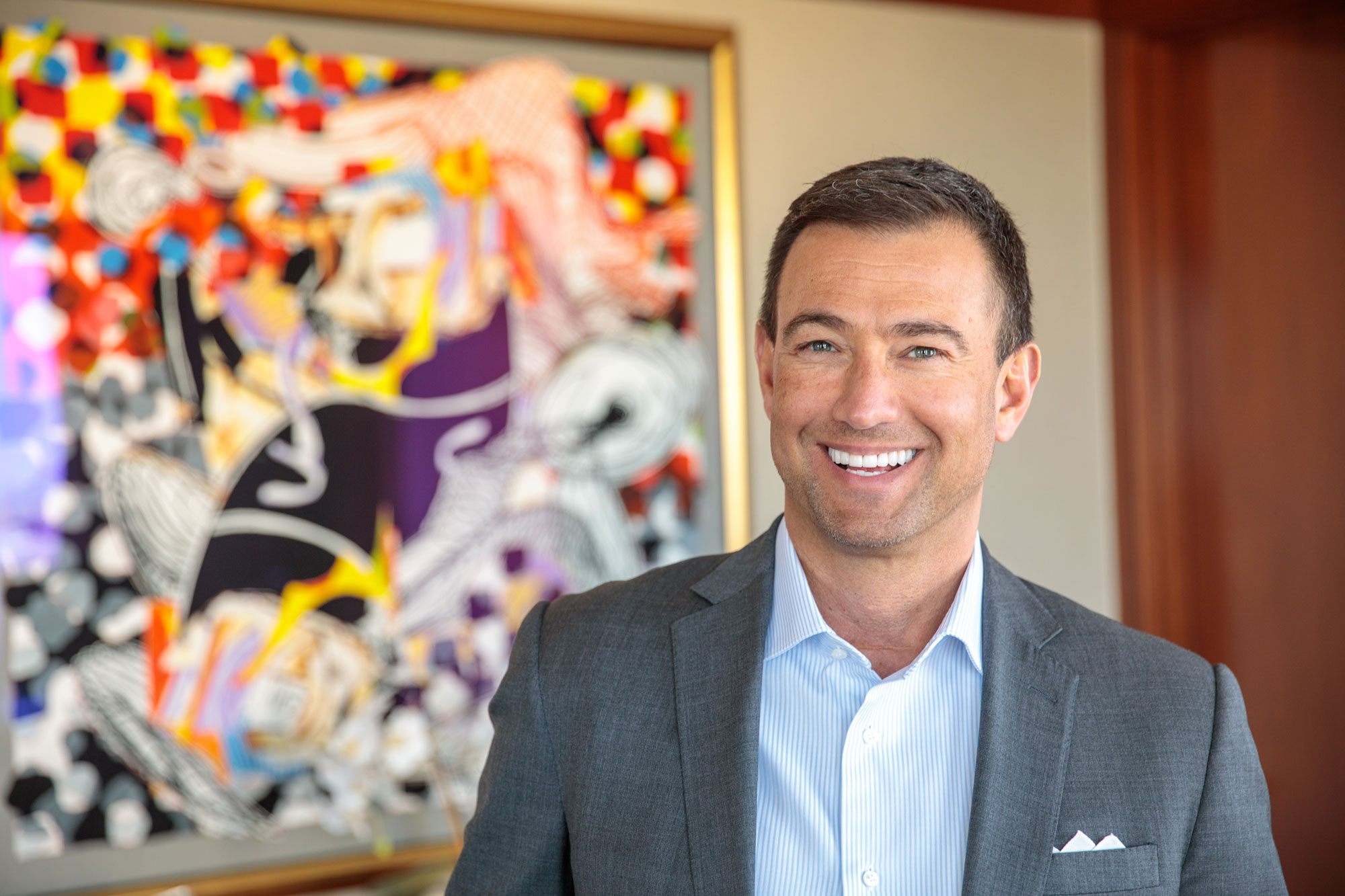As the emergency nature of Covid-19 has waned and the U.S. has begun unwinding its pandemic-era mindset, the market hasn’t been very kind to telehealth companies. Stock prices have swooned, perhaps amid a recognition that the market is treating telehealth like a commodity.
Consider Amwell — a leader in the space — and its stock price. The company’s stock is trading at $2.25 per share, down from a high of $35.54 at the end of 2020.
Amwell certainly isn’t the only example of a virtual care company seeing its market value dramatically contract. Still, when I met Amwell CEO Roy Schoenberg at ViVE, a digital health innovation conference in Nashville, it seemed worth asking him about the suboptimal stock market performance.
Schoenberg countered that he is thankful his company had an “unbelievably successful IPO” that has allowed it “to be an extremely well capitalized company for years to come no matter what the stock is doing.”
He went on to say that the market may have a misunderstanding of telehealth, viewing it as something patients don’t need anymore now that pandemic protocols are being phased out and people are no longer stuck at home.
“There is a complete divergence between how the finance market is looking at telehealth and what is actually happening,” Schoenberg declared.

A Deep-dive Into Specialty Pharma
A specialty drug is a class of prescription medications used to treat complex, chronic or rare medical conditions. Although this classification was originally intended to define the treatment of rare, also termed “orphan” diseases, affecting fewer than 200,000 people in the US, more recently, specialty drugs have emerged as the cornerstone of treatment for chronic and complex diseases such as cancer, autoimmune conditions, diabetes, hepatitis C, and HIV/AIDS.
But other leaders I spoke with at the conference didn’t feel like the market’s view of telehealth was so misguided. For example, Aloha McBride, global health leader at EY, told me that her firm’s recent consumer research uncovered that about three-quarters of patients still prefer in-person care over telehealth visits.
And FAIR Health’s monthly telehealth tracker has been showing a consistent drop in virtual care utilization over the past year, with consumers using the modality mainly for mental health and sometimes for primary care.
While this may be true, Schoenberg pointed out that telehealth utilization is still much higher than it was before the pandemic, and the care modality is being used in more varied ways than the industry has ever seen before.
He acknowledged that utilization is certainly down from pandemic peak levels, but argued that this trend affects direct-to-consumer telehealth companies, such as Teladoc and Hims & Hers, more than Amwell. This is because Amwell partners with providers to enable better telehealth instead of catering directly to patient demand trends.
“We are seeing the technology that we have created using the proceeds of the IPO delivering in spades. It is a totally different ballgame than anything that we’ve had before. And every place that turns on these new technologies is deliriously happy about it,” Schoenberg said.
While his remarks might seem a little too confident considering the drastic drop in Amwell’s stock, Schoenberg isn’t wrong about the fact that providers have remained serious about telehealth.
Virtual care visits have demonstrated potential to reduce costs and address the labor shortage for providers, so they are looking for new and improved ways to embed telehealth into their care delivery models. During ViVE, I spoke with digital executives from health systems such as UPMC, Geisinger and Baptist Health, all of whom said they are ramping up virtual care initiatives in the coming years.
“We know that clinicians and health plans are completely reimagining the way that they surround patients using this technology, and that is irreversible,” Schoenberg declared.
Amwell is one of the “only ones in the market” actually partnering with providers to reimagine telehealth delivery in a way that best fits into their existing workflows and care models, he argued. As of December 31, Amwell powered the telehealth programs at 140 health systems, including Cleveland Clinic, Northwell Health and UNC Health Care.
While Amwell takes this path, the dozens of other telehealth companies in the sector are failing to evolve their models to thrive in a post-pandemic world, which could be why the market is taking such a simplistic view to virtual care, Schoenberg argued.
“It’s about the ability to understand the complexity of the reality of the organizations that you serve. It takes some decades and some gray hair and some scars to understand,” he explained.
Tongue-in-cheek, he said companies need to understand all the “fun stuff” in healthcare. He defined this as components like eligibility, billing, state licensure, credentialing different products, business risks, clinician schedules and specialties on the delivery side.
It remains to be seen when all this hard work will reflect in the stock price. But Schoenberg thinks Amwell will have an easier time raising its stock price over the next year than other virtual care companies in the space because of its relationships with providers and efforts to with with them directly to evolve telehealth delivery models.
If that turns out to be true, perhaps we shall have a wholly different conversation at ViVE 2024.
Photo: Amwell














